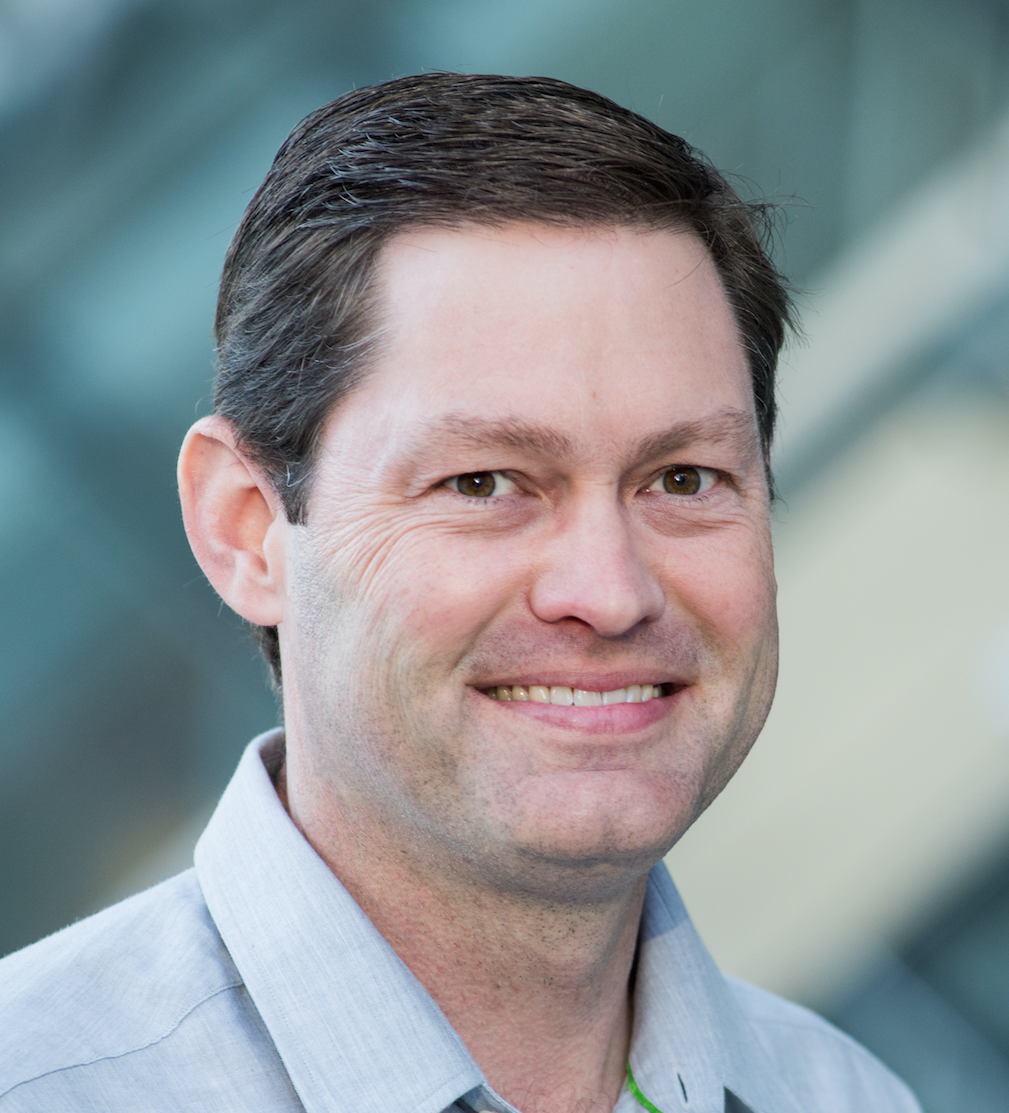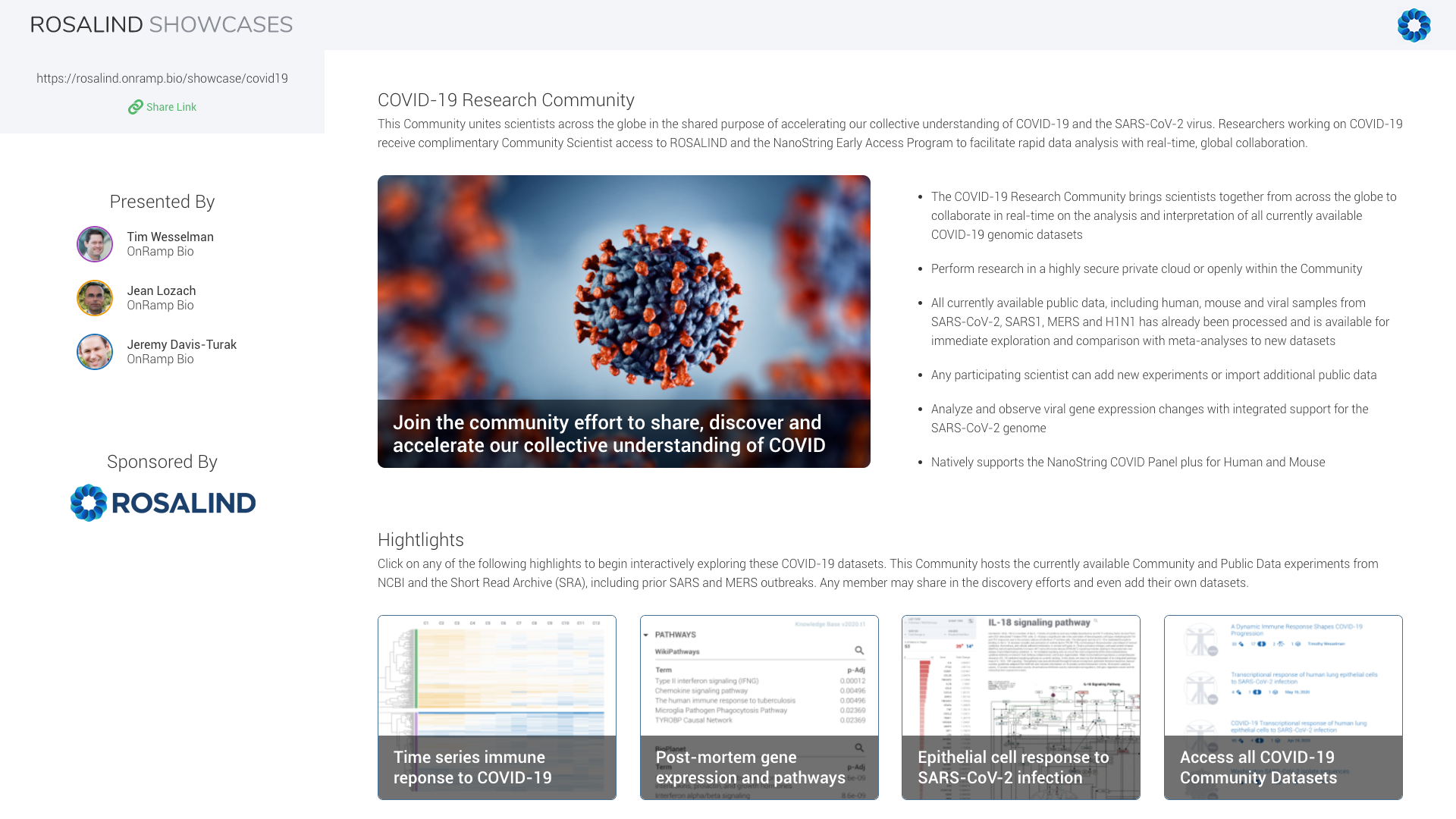
We’ve all been reminded across various social media feeds how Isaac Newton discovered calculus while “social distancing” during the Great Plague of London or how some of Shakespeare’s greatest works happened while in quarantine. Although the thought of being able to work from home was once a dream we wished for, as Adam Ruben, Ph.D. puts it, science-ing from home isn’t easy.
If juggling your altered home-life alongside the 9-5 work routine wasn’t challenging enough, it’s even more questionable how you can advance your research now that you have limited access to your laboratory, your data and your team.
As we all grapple with the new reality of lockdowns and work-from-home mandates, there’s now a new opportunity re-define what it truly means to do collaborative research and remote science anywhere in the world.
Rosalind Franklin once wrote, “Science and everyday life cannot and should not be separated.”
While her comments had a different intent at the time, her words ring true again in today’s climate with COVID-19 lockdowns and shelter in place orders. Whether working from the lab, office or at home, it is more important than ever that our scientists and researchers are empowered to continue their great work and drive discoveries for the betterment of health.
What is Collaborative Research?
In this era of Google Docs and real-time collaboration, we need to face the new reality that attaching an Excel document over email or sharing your screen with Zoom isn’t the method of collaboration that scientists need or the level we're willing to accept when facing slowing progress and slipping deadlines for our programs and research.
What’s needed now is a way to consistently explore and interrogate datasets from anywhere in the world, in real-time. Of course, cloud computing is instrumental in making this possible, but a platform to tackle complexity hurdles and ensure consistent data analysis is just as important as computing and storing results.
It starts by having teamwork on the web in an online collaborative area (in ROSALIND we call this a SPACE), a virtual meeting room, where scientists from anywhere in the world can come together around an objective to share and explore experiments. In this manner, researchers can work together to analyze and interpret the results in real-time regardless of their location at the bench or their kitchen counter.
As I recently wrote in another post, online collaborative research tools that adopt high productivity methods (like Google Docs) and provide direct support for raw FASTQ data analysis through full pathway interpretation, are not only necessary in the workplace, they are essential when circumstances pull valuable researchers away from the work environment or put them at a distance from one another. Working remotely does not mean that science must stop.
Tweet: Working remotely does not mean that science must stop.
The bottom line is this: the implementation of collaborative research tools must be looked at to address the productivity challenge of shelter in place orders today, and have the chance to become an accelerant for research as we move through any more unexpected challenges of 2020.
For new users, you can choose the right plans for your team here, sign up for a Scientist Trial or learn more about Enterprise Subscription Plans here.
Related Posts
- For Scientists on ROSALIND: Collaborating on Genomic Data is a walkthrough on how to set up real-time collaboration on genomic data (like Google Docs). Read the post here.
- For Directors and Managers: The Value is in Collaboration (not the pipeline) discusses how collaboration is key to empowering research in your lab.
- For every researcher, we have forever transformed Public Data exploration. Follow this link for more information.
- To learn more about the latest capabilities, supported species and levels of access visit this post on how we are empowering scientists.















